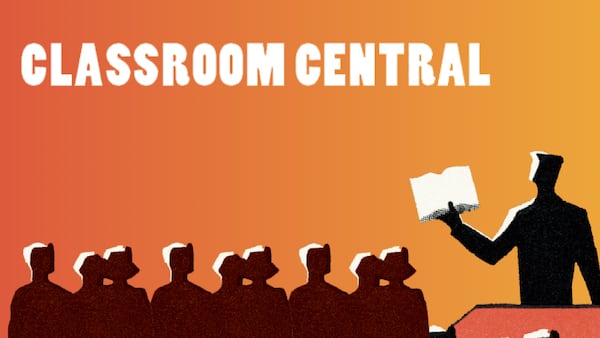On September 16th, 2022, Mahsa Amini died while in police custody in Tehran, Iran. She died at the age of 22. The death of a young person, especially a person on the cusp of adulthood, about to build a life of her own, is startling and tragic. I have been staring at my computer screen with my emotions running high as I watch videos of the protests on the streets of Iran.
Protesters chant ‘Zan, Zendegi, Azadi’, which means ‘women, life, freedom’. The repression of women in Iran is of personal significance for me due to my Iranian background. Yet from the perspective of someone outside of Iran, these protests feel different from most of the demonstrations I have observed over the years. The rage is deeper and stronger, and Iranians cannot take much more of the status quo.
Mahsa Amini was allegedly arrested and subjected to harsh treatment, which resulted in her death, because her headscarf was not tight enough. The Iranian government claims she died of ‘natural causes’. According to the Guardian, Amini’s family and demonstrators observed her being beaten by police officers. For Iranians inside the country and part of the Iranian diaspora, news of someone being beaten, tortured, or dying while in police custody is nothing new, and it is not surprising. Sadly, being confronted with such stories is commonplace for those of us who stay connected to events in our other home.
Amini’s death has ignited protests in Iran, and the government may have killed many more people during these protests. The Guardian reports that others, such as Rona*, a 20-year-old woman, have been beaten. Rona says that she experienced ‘wounds on [her] body aching and [her] back black and blue with bruises.’ She relayed a story of how a policeman called her a ‘slut’.
Jennifer Johnston obituary: Writer who combined brevity with razor-sharp wisdom
Róisín Ingle: Lessons not learned as men – it’s always men – go to war
Gordon D’Arcy: Standards fell short against Wales, but there will be little unrest as players look to France
Is it better to get paid weekly or monthly?
After the 1979 Iranian Revolution, the new government rolled back women’s rights by forcing women to wear hijab. Human rights advocate Mehrangiz Kar recalls that the rollbacks were implemented slowly: ‘It didn’t happen overnight, it was a step-by-step process.’ She further recalls, ‘Right after the revolution there were men and women on the streets offering out free headscarves to women wrapped in gift paper.’
Indeed, the BBC reports that Iranian President Ebrahim Raisi has stated that he would “deal decisively” with those engaged in anti-government protests. The world should take President Raisi’s threats seriously. He is alleged to have been part of the 1988 political prisoner massacre in Iranian prisons. It is a disgrace that Iran is ruled by such individuals, who rule with impunity for their alleged acts.
Observers and analysts of women’s rights in the Middle East and Islamic countries should take note of Amini’s death to confront systemic misogyny, such as women being forced to wear hijab. They should also note her death to critique a symbol of patriarchy, the repression of women in Iran, and the practice of mandatory hijab. It is neither racist nor Islamophobic to support women who refuse to wear religious garb.
Freedom of expression is paramount. People should have the choice to express themselves as they see fit – and criticizing patriarchy and symbols of patriarchy is a laudable exercise of their rights. Mahsa Amini died for it. Failing to respect the right of women and girls to express their views is reactionary and does the work of the patriarchy – led by men such as Ayatollah Khamenei – for free.
At the same time, we should remain aware that Mahsa Amini’s death should not fuel the fire that right-wing propagandists constantly seek to justify their hawkish military interventions by appropriating human rights issues. We must remain vigilant in combatting and resisting attempts at military intervention in the Middle East. Amini’s death does not and will not justify the use of any type of violence against Iran.
Mahsa Amini did not die in vain. May we live up to her example.
*Rona’s name has been changed.















